To Brandon Huang (黃詩凱), a government worker in Kaohsiung, Sizihwan Bay (西子灣) is known for its enticing coastal scenery and mesmerizing sunsets. Lately, however, he says the bay’s parking lot is filled with large tour buses on weekends. Walking down from the Former British Consulate at Takao (打狗英國領事館), he was recently forced to take the left side of the stairs as several groups of Chinese tourists made their way up to the historic site.
“Some of them stood on the stairs to read banners held by Falun Gong members, which I thought was pretty interesting,” Huang said.
The same scenario has occurred at the National Palace Museum, Alishan, Sun Moon Lake and other scenic spots that are on the “must-see” list for Chinese tourists, whose daily arrivals topped an average of 3,000 per day last month.
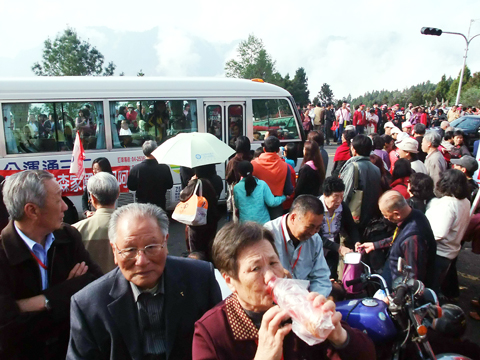
PHOTO: HSIEH YIN-CHUNG, TAIPEI TIMES
The floating dock at Syuanguang Temple (玄光寺), a tourist attraction at Sun Moon Lake, was reported to be on the verge of sinking last month when more than 500 Chinese tourists boarded the dock to get on shore.
“We had to build another floating dock within three days after we saw what happened that day,” said Tseng Kuo-chi (曾國基), director of the Sun Moon Lake National Scenic Area Administration, adding that he could not imagine what the consequences would have been had they not noticed it.
Taipei City Government said in a press release this month that it added 27 parking spaces for large tour buses at Sun Yat-sen Memorial Hall because of the increase in Chinese tourists.
The city also changed some of the temporary parking spaces on Songkao (松高) and Songyung (松勇) roads into large spaces for tour buses to ease traffic congestion caused by Chinese tourists heading to Taipei 101.
The growth in tourism from China has also produced other issues, manifesting themselves in several other isolated incidents.
A tour group from Dalien, Liaoning Province, was sent home for not having valid entry permits.
The quality of guided tours at the National Palace Museum were also questioned when TV news reports showed footage of Chinese tourists swarming the exhibition room of the jadeite cabbage with insects (翠玉白菜). The National Palace Museum should arrange separate proceeding routes for tour groups and individual visitors, he said.
In a separate incident, 282 tourists from Zhejiang Province were stranded at the airport because its agent failed to secure enough buses for the tour. Three Chinese tourists died in a construction accident while traveling near Taipei 101, and two Chinese tourists were injured by falling rocks when visiting Taroko National Park.
Just as the nation was coping with the consequences of these two tragic events, Premier Liu Chao-hsuen (劉兆玄) said the Executive Yuan was considering allowing Chinese tourists to travel as individuals.
Lee Ming-huei (李銘輝), president of Taiwan Hospitality and Tourism College, said that problems exposed through these incidents showed that the nation was not ready for such a drastic change in the tourism industry.
“The government first required that each Chinese tourist be charged no less than US$80 per day. It changed that to US$60 per day, but we have already heard of some travel agencies who can provide tours for just just US$45 a day. How can travel agencies make a profit out of a trip that costs only NT$1,500 a day? They seek the profits by arranging shopping tours,” Lee said.
Lee said the Tourism Bureau should make an accurate estimate of the accommodations available for tourists, adding that it should not just include three-star or five-star hotels.
He said some universities have hotels that allow students in the tourism departments to practice what they learn in class. The National Police Agency and Youth Hostels have nationwide lodging facilities as well, he added.
According to Lee, the Ministry of Transportation and Communications’ (MOTC) policy of only allowing tour operators to carry Chinese tourists on tour buses that have been in operation for less than seven years was the main reason there were not enough tour buses.
“Some of tour buses, like those by Volvo or Mercedes Benz, are still reliable after 10 years in operation,” he said.
Lee said that because of the MOTC policy, most tour bus operators invested in buses that would only last three or four years.
However, Lee agreed with the Executive Yuan’s decision to allow individual Chinese tourists because more small businesses would benefit.
Professor Chen Chr-ji (陳墀吉) of Shih Hsin University’s Tourism Department disagreed with the way the National Immigration Agency (NIA) set the quota for how many Chinese would be allowed to enter the country per day.
The NIA has reportedly allowed additional Chinese to enter the country by using the unfilled spots accumulated since July last year, when less than 1,000 Chinese tourists were arriving per day.
“People eat three meals per day. Suppose you only eat two meals today, does that mean you have to eat four meals tomorrow?” Chen asked.
Like Lee, Chen also said the government should determine the maximum capacity of the country’s tourism facilities. Otherwise, tourists from other countries may soon be crowded out.
Minister of Transportation and Communications Mao Chi-kuo (毛治國) told media earlier this month that he “felt a bit nervous” when the number of Chinese tourists hit 5,000 in March and immediately asked his staff to do a recount of all the lodging facilities and tour buses that were available.
“I think the number of visitors will drop back to normal after the Labor Day holidays,” he said at the time.
Mao said that Alishan did not give tour guides much flexibility because it had limited accommodations. Thus, a majority of tourists eat lunch at Alishan and have to leave before sunset, he said, adding that the ministry was coordinating with the Forestry Bureau of the Council of Agriculture, which also helps manage Alishan, to add more parking lots and perhaps more shuttle buses to carry tourists.
Mao has instructed the Tourism Bureau to set up a database in which tour guides can register to see which groups will be visiting the same scenic spots every day. He said this would give them an idea of how to tweak their schedules to avoid crowds.
At the moment, the ministry is not considering raising the cap on the Chinese tourists from 3,000 to 5,000 per day, Mao said.
“I think both sides [Taiwan and China] have a consensus on the quantity,” he said. “Both can now start working on the quality of the tours.”
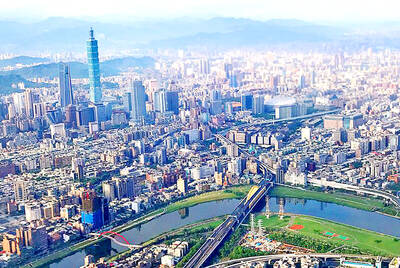
Taipei has once again made it to the top 100 in Oxford Economics’ Global Cities Index 2025 report, moving up five places from last year to 60. The annual index, which was published last month, evaluated 1,000 of the most populated metropolises based on five indices — economics, human capital, quality of life, environment and governance. New York maintained its top spot this year, placing first in the economics index thanks to the strength of its vibrant financial industry and economic stability. Taipei ranked 263rd in economics, 44th in human capital, 15th in quality of life, 284th for environment and 75th in governance,
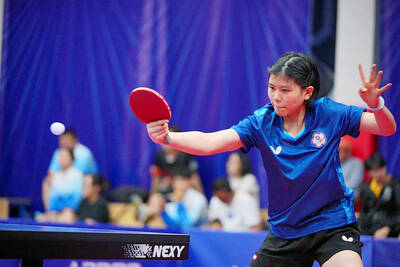
The Sports Administration yesterday demanded an apology from the national table tennis association for barring 17-year-old Yeh Yi-tian (葉伊恬) from competing in the upcoming World Table Tennis (WTT) United States Smash tournament in Las Vegas this July. The sports agency said in a statement that the Chinese Taipei Table Tennis Association (CTTTA) must explain to the public why it withdrew Yeh from the WTT tournament in Las Vegas. The sports agency said it contacted the association to express its disapproval of the decision-making process after receiving a complaint from Yeh’s coach, Chuang
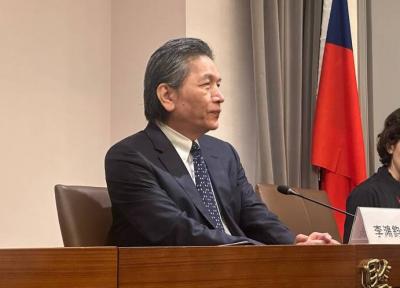
Control Yuan Secretary-General Lee Chun-yi (李俊俋) tendered his resignation last night, admitting that he had misused a government vehicle, as reported by media. His resignation was immediately accepted by the Control Yuan. In a statement explaining why he had resigned, Lee apologized for using a Control Yuan vehicle to transport his dog to a pet grooming salon on May 20. The issue first came to light late last month, when TVBS News reported that Lee had instructed his driver to take the dog to the salon. The news channel broadcast photos that it said were taken by an unnamed whistle-blower, which purportedly showed the
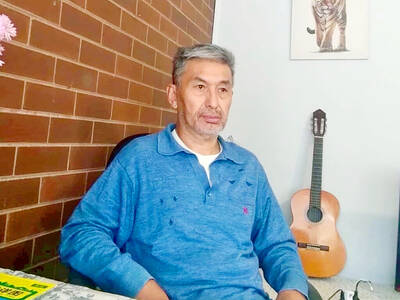
A former officer in China’s People’s Liberation Army (PLA) who witnessed the aftermath of the 1989 Tiananmen Square massacre has warned that Taiwan could face a similar fate if China attempts to unify the country by force. Li Xiaoming (李曉明), who was deployed to Beijing as a junior officer during the crackdown, said Taiwanese people should study the massacre carefully, because it offers a glimpse of what Beijing is willing to do to suppress dissent. “What happened in Tiananmen Square could happen in Taiwan too,” Li told CNA in a May 22 interview, ahead of the massacre’s 36th anniversary. “If Taiwanese students or